Former accompanier Kayla Autumn Myers writes about the photography exhibit, “Defending Truth and Memory.” The exhibit traveled to Las Cruces, New Mexico, in February, 2018.
Visit our blog for more information about the exhibit and ways you can host it in your city!
This photography exhibit was more than photos printed and hung in a University Museum; it became a vibrational center that drew people together. The three-day-long series of events seemed to attract people who were searching for these spaces to share in a world defined by divisions. It created the opportunity to continue ancestral conversations of Indigenous solidarity and collaboration that were disrupted by colonization. Here, I will share a few of the most beautiful connections that I witnessed during the photography exhibit. These moments, strung together, create an impression of the experience as a whole.
Day 1: Shelter for Unaccompanied Minors near El Paso, TX
Rode, a Kakchiquel Photographer featured in the exhibit and Saba and SkiZero, Diné (Navajo) artists living in Las Cruces, walked into the largest room of the shelter where 90 youth sat waiting. To give some background, all of these youth were arrested by ICE at the border and deemed “unaccompanied minors.” They are between ages five and 17, are held without legal time-limit in detention at this shelter, and the majority have no access to legal council. At midnight on their 18th birthday if they are not reunited with family or adopted in the U.S., ICE comes to the shelter and takes them to adult detention. About 80% of these children are from Guatemala and almost all are Indigenous youth.
Rode stood and told his story, with gentleness and sincerity. He spoke of his own experiences losing home and family to violence and working hard to create a life. He spoke of his dedication to human rights and using his love of photography to bring liberation to Indigenous peoples, even donating a few large prints of his photos to be hung at the center. The youth leaned forward, starved for words from home, words of encouragement and truth to resonate with their lives. He told them never to lose their languages, knowledge, and tradition as Indigenous people who hold wisdom this world desperately needs.
Saba and SkiZero began to speak in Diné relating their own ancestral stories of colonization and genocide in North America. They related how their people travelled often to share with the Indigenous peoples of Guatemala, Honduras, and El Salvador before there were borders. They told the youth that theirs is a journey of honor in the footsteps of their ancestors, even as they sat in detention in a country that rejects their humanity. Immigrant Rights are Indigenous Rights, and Saba and SkiZero stood courageously with the youth, their brothers and sisters.
One by one, young people started standing up and proudly introducing themselves in their Indigenous languages: Mam, Quiche, Kakchiquel…They stood despite the weight of oppression and racism, they stood with chins up and steady gazes. The room echoed with ancestral words that will not be silenced nor erased. The room vibrated with the sense of humanity and hope being restored to young hearts, if not for a moment.
Day 2: The Photography Exhibit Opening, New Mexico State University Museum in Las Cruces New Mexico
The opening was packed, so packed that many strained to hear Rode speaking from the back of the room. Yet, what struck me most was not the quantity of people, but the transformative conversations that the space birthed. For instance I met a young student who immigrated from Central America who was staring at one of Rode’s photos with ferocity. He had photographed people holding photos of loved ones who were disappeared. She had the same style of photos of her own loved ones, who had been murdered back home, murders that forced her and her mother to flee. Yet, she never knew there was a genocide or the causes of the violence that she fled- until that day. Now, she has a sense of solidarity with a movement of people who also survived violence and are demanding a just future. She came out of darkness, she said, and her future was irrevocably changed.
I met another young woman who was in tears, and took her to a quiet corner to talk. “For Indigenous people, the hits just keep coming!” she cried. As a young Diné student, she feels ignored and silenced on campus and in the larger society. The images resonated her own people’s desperate search for justice for missing and murdered native women and the historic trauma of the genocide in the United States. She could see her aunties and cousins in the faces looking back at her, and it broke her heart to see them in pain. Yet, it also gave her courage to see a representation of the struggle of Indigenous peoples, in the light of power and truth, on her University campus. “We are seen here” she told me. She wiped her tears and took a pen, writing on our response wall, “We may stand as one, but with the strength of 10,000 ancestors behind us.” Ancestral strength, transnational strength, intergenerational strength.
Day 3: Screen-Printing Party at Saba’s Barricade Culture Shop in Las Cruces, New Mexico
The room was full of music, people, food, and revolutionary t-shirts created by Saba. Before we ate the potluck the community had brought to honor Rode, the Piikani (Blackfoot) Elder and traditional leader Dr. Donald Pepion stood to speak. He thanked us all for being there, and told Rode that he would honor him with the traditional song of the warrior. Rode is, after all, a warrior for human rights, truth, and justice for all Indigenous peoples. In a clear voice, Dr. Pepion sang a blessing over Rode in his traditional way. We stood packed in that room of swirling murals and graffiti art, the pictographs of today, listening to a song millenia old. Feeling its strength in our own beings. He offered Rode a pin from his tribe and a strong hug, solidifying a connection across languages and borders. We spent all night looking at Saba and SkiZero’s prints and murals, eating, sharing, and becoming more human. The vibrations of that night lifted me to another level that has inspired my every step since then.
It all started with a file of breathtaking photos that I wanted to share with my community. It transformed into three days of transnational Indigenous solidarity. I was empowered with my purpose and place as a mixed-race Indigenous woman and return to these moments of high vibrations when I need the courage to continue in this dark society we live in. We are capable of rehumanizing ourselves and each other, of continuing the ancestral conversations we were always meant to have, of healing. We are capable of standing as one people, each with a powerhouse of ancestral support, to demand justice, equality, and peace in our world. In these moments, I knew it was so.
Although these three days were packed with so many activities, people, and stories, these moments were ones that give a full picture of how transformative it was. If you would like to host this exhibit in your own community, I would love to speak with you about making that a reality. The power of this exhibit continues.

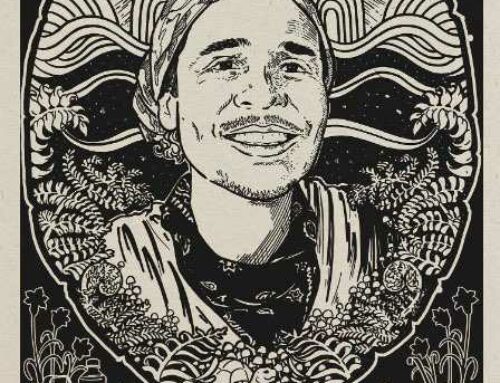
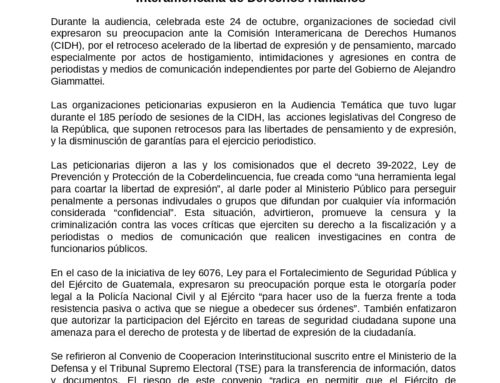
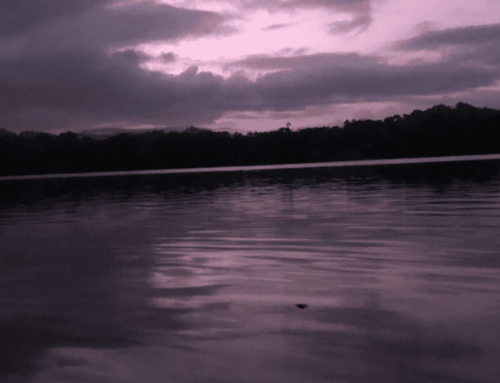
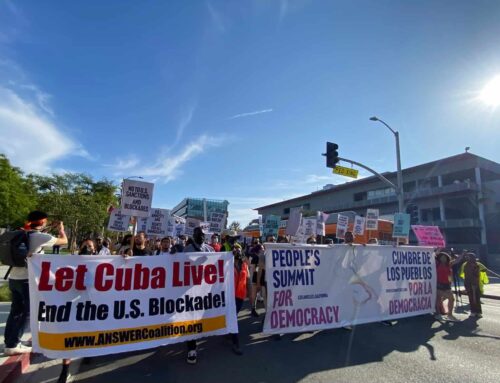
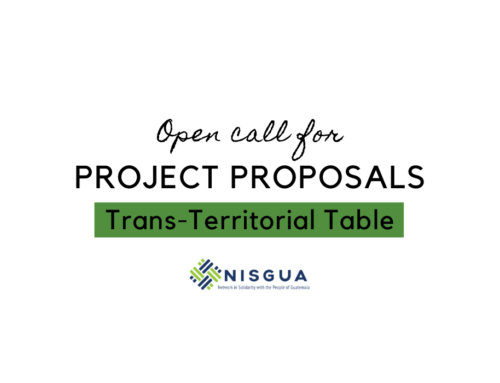
Leave A Comment